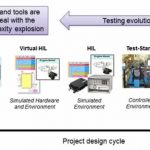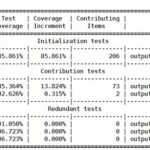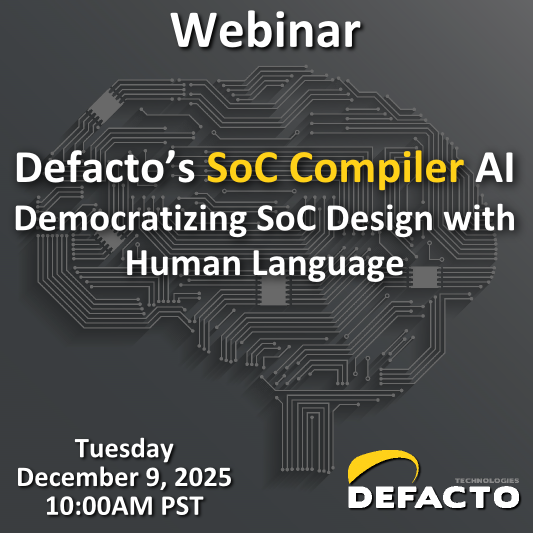A few months ago, when the Xilinx UltraScale VU440 FPGA began shipping, one of the immediate claims was a quad-FPGA-based prototyping board touted as “Godzilla’s Butcher on Steroids”. That was a refreshing and creative PR approach, frankly. I’m always careful with less creative terms like “world’s biggest” or “world’s fastest”,… Read More
Author: Don Dingee
Virtual HIL and the 100M LOC car
Aerospace and defense applications have traditionally leveraged hardware-in-the-loop (HIL) testing to overcome several issues. A big one is how expensive the physical system is. Even breaking down the system into subsystems for test can still be too expensive when fielding more than a couple test stations. Modeling elements… Read More
NFV opens gate for ARM server stampede
A couple of years ago, our own Paul McLellan gave us a report on the 2013 Linley Microprocessor Conference with a provocative headline: “Server Shift to ARM Becomes a Stampede”, a title right off one of the Linley slides. 64-bit ARMv8 architecture was relatively new to the game, and ARM share in networking platforms was just a sliver… Read More
Breaking the SoC lab walls
There used to be this thing called the “computer lab”, with glowing rows of terminals connected to a mainframe or minicomputer. Computers required a lot of care and feeding, with massive cooling and power requirements. Microprocessors and personal computers appeared in the 1970s, with much smaller and less expensive machines… Read More
New Vivado release goes from Lab to UltraScale
Xilinx users will welcome the brand-new release of Vivado Design Suite 2015.1. For openers, device support for the latest FPGAs in the UltraScale family – XCVU440, XCVU190, and XCVU125 – has been added in the release, and early access code for the XCVU160 is available from a local Xilinx FAE. Installation has been streamlined, … Read More
S2C eyeing 1B gate FPGA-based prototypes
We hear a lot about FPGA-based prototyping hardware: Aldec, Dini Group, PRO DESIGN, Synopsys, and others. So, why is today’s news on a new platform from S2C important? It’s a matter of intent, beyond the act of gluing a few large FPGAs on a board for customers to dump more and more prospective RTL into.
Size differences aside, each … Read More
Chips and pins and layers within
After teams sweat the details of SoC and industrial design, they turn to printed circuit board designers for magic. Here are a pile of chips and passives, and a schematic for interconnecting them. This is how much physical space the board can occupy. Connectors have to be here, and here, and mounting holes there, and there. There … Read More
How many coats cover this SoC?
“Most interior paint covers with one coat.” Back when there was something called a newspaper, this was an actual blurb in the home improvement pages, section 3, part 8, page 5 of the Chicago Tribune on Sunday, August 13, 1961. Even then, marketers were catering to consumers looking to cut corners and save time, and one-coat coverage… Read More
All things being unequal for NXP and Freescale
When I read the news that NXP was buying Freescale, it felt like a part of me – and a big part of the history of high tech industry in Arizona – died. There was a time not that long ago where Motorola was the biggest employer in this state, way before Freescale and ON Semi separated from the mothership. Somehow, even with moving headquarters… Read More
New CEVA-XM4 vision IP does point clouds and more
When Intel created the OpenCV vision processing library, the idea was algorithms could take advantage of the single instruction multiple data (SIMD) capability in Intel architecture processors. (Intel’s ulterior motive is always to sell processors.) As the library has matured, optimized functions take advantage of SSE or… Read More












Jensen Huang Drops Donald Trump Truth Bomb on Joe Rogan Podcast